Warming waters kick off yellow belly breeding research
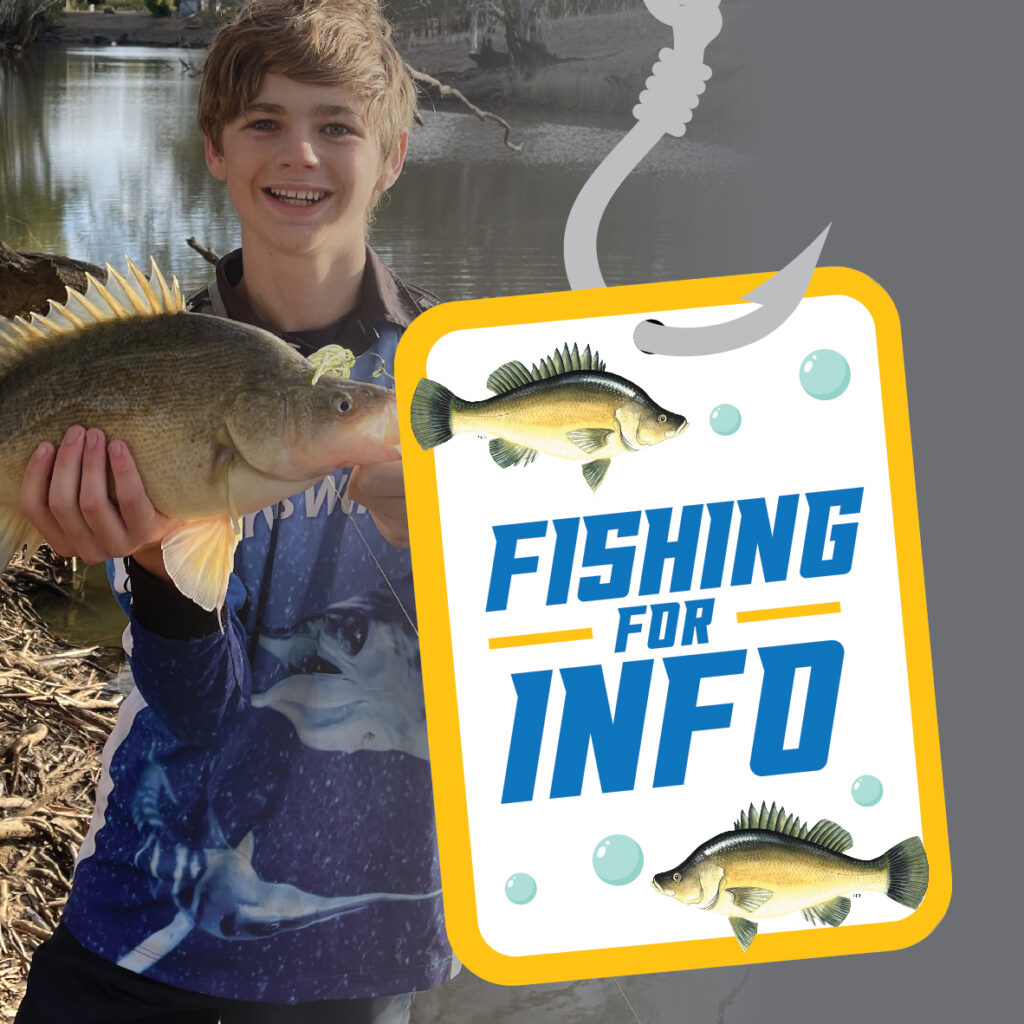
We are calling on the community again to participate in a research project #Fishing4Info involving a popular native fish – Yellowbelly!
We invite Wimmera River users visiting areas around Horsham, Dimboola and Jeparit weirs to become citizen-science monitors over the next few weeks.
Specifically we are encouraging anglers to note any signs of fish spawning or fish aggregation.
Yellowbelly, also known as golden perch, are sought after by anglers and the subject of widespread stocking programs across south-eastern Australia. At the moment they are in extremely good health across the Wimmera catchment.
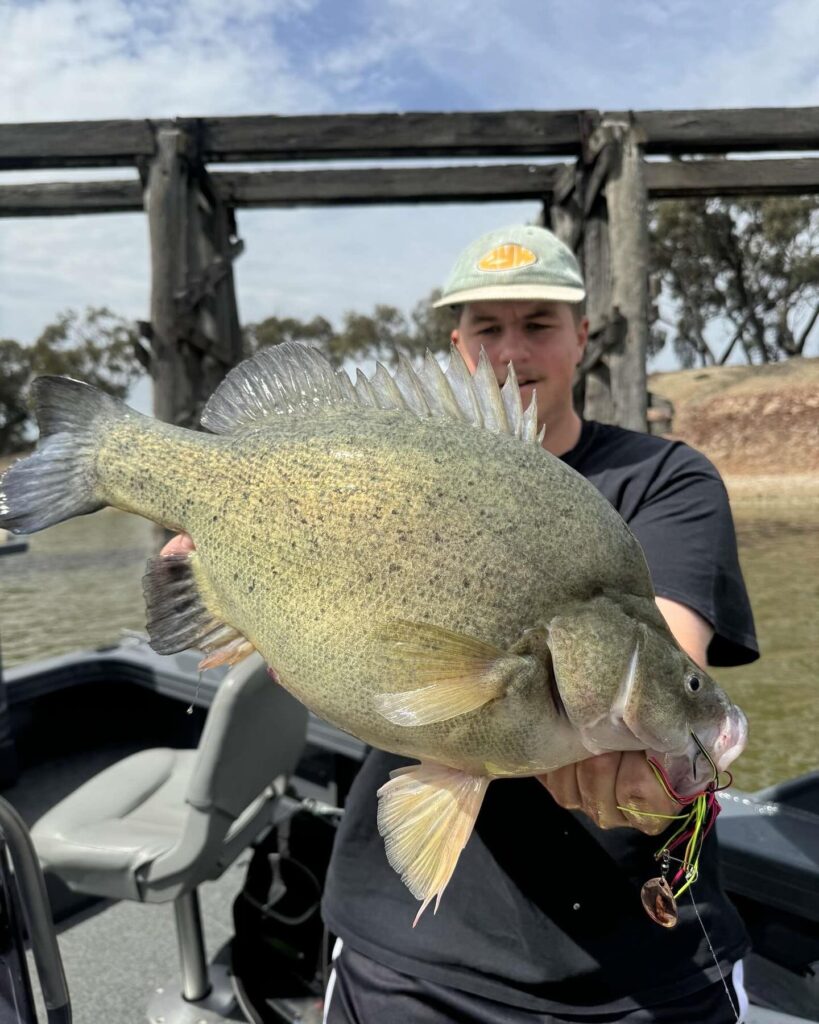
We initiated this project #Fishing4Info, last year in November after Victorian Fisheries Authority noted small massing of fish in the river following a 200 megalitre (ML) water for the environment release.
Several years earlier, in November 2021, yellowbelly spawned in the Wimmera River just below Horsham weir after spring rains in the upper catchment delivered a pulse of around 500 ML of water per day over four days.
An annual Native Fish Report Card monitoring survey the following April detected higher numbers of juvenile Yellowbelly, indicating a successful breeding event. This was an unusual occurrence because yellowbelly rarely breed in the Wimmera River.
Wimmera CMA CEO David Brennan: “If we can replicate the conditions for yellowbelly to breed naturally, it will be a game changer and will influence the use of water for the environment”.
The Wimmera River is home for a wide range of freshwater fish and Wimmera CMA appreciates community support to help fill some knowledge gaps. Fish play important environmental and recreational roles in Wimmera waterways and there is always a need to build understanding about their lifecycle in our region.
Wimmera CMA CEO Dave Brennan
“If we can replicate the conditions for yellowbelly to breed naturally, it will be a game changer and will influence the use of water for the environment” Mr Brennan said.
Our staff have been monitoring water temperatures and are planning a delivery of 400-500 megalitres (ML) a day of water for the environment in early and mid-November. This will then be reduced to 40ML a day. The delivery will depend on water temperatures warming up to the right level.
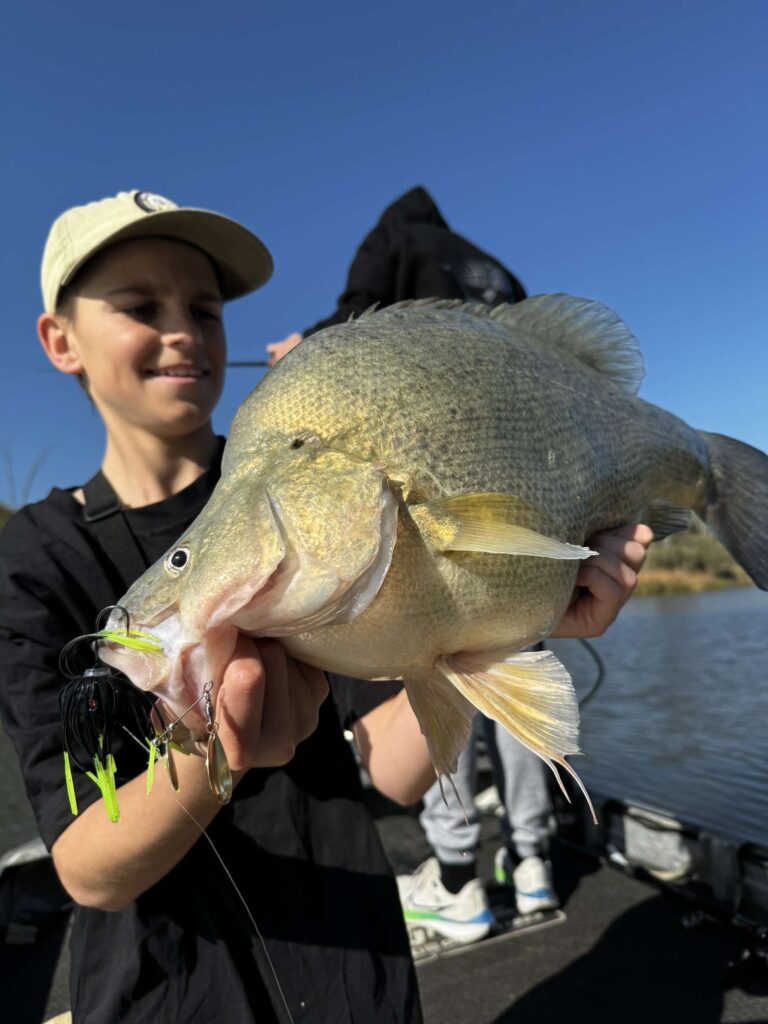
We invite people to provide photographs and information about what they see via online form at wcma.vic.gov.au/FISHING4INFO.
Mr Brennan said the release of water might impact some users below Horsham weir for two to three days with water levels potentially inundating one of the walking tracks. It may also cause some inundation of low-level river crossings along the length of the river.
He said that these would be the last high flows for some time, with water for the environment flows being managed more conservatively due to the dry climatic conditions. He encouraged people to follow Wimmera CMA’s social media accounts for updates.
